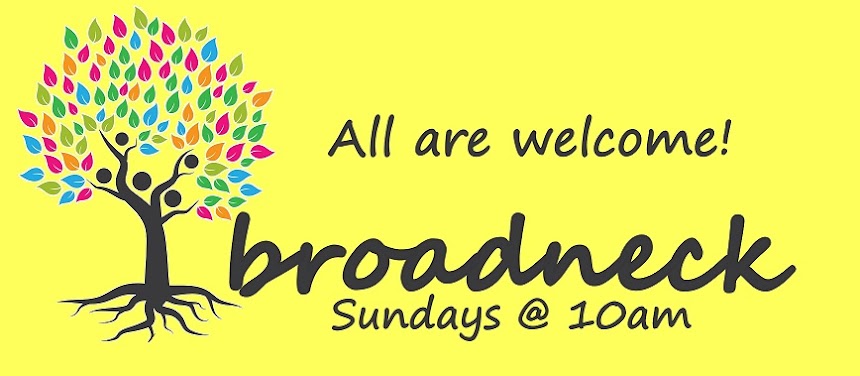Anyone who has been part of a team effort has likely experienced the pitfalls of trying to collaborate and hold a community together around the common good, as we discussed last week. Harvard University’s Bok Center for Teaching and Learning has produced materials describing the most common obstacles faced by a group seeking to work together. Their list includes things like floundering (struggling to figure out roles); dominant or reluctant participants; a tendency to go off on digressions and tangents; power feuds; and tendencies towards ignoring or ridiculing others in the group. What other obstacles have you faced when you have been part of a group seeking to accomplish a common—and often difficult—goal? How many of the challenges typically come from internal conflict (i.e. strife and division within the group) and which come from external sources? How have you seen these challenges addressed--or not addressed--in communities of which you have been a part?
Nehemiah faced both internal and external obstacles to his group’s effort to rebuild Jerusalem’s walls. What can we learn about leadership from the way Nehemiah faces obstacles? What might we learn from Nehemiah about how we can deal head-on with things that are really hard, and address challenges in a way that is both practical and grounded in faith? Join us on Sunday as we consider these and other aspects of Nehemiah's story and our own experience!


2 comments:
Hmm...on the surface, these passages aren't that encouraging to me in light of the practical leadership questions you pose. Three things bug me.
1. Seems like the grumbling stops and unification begins once there is a common enemy - one that is coming to destroy them.
2. It took ten times (symbolic?) of telling of the imminent threat to get something going (4:12).
3. Also, it kinda seems as though they unify to protect their specific families (4:13), though they do seem to spread out once the immediate danger has passed.
I guess the "positive" application is about general empowerment - even the slaves (sigh...cultural context) had swords and that they all eventually came together.
It all leaves me a little confused, I guess.
Interesting perspective, Jeremy! You raise some interesting questions. I guess i would ask these in response:
1) Are they unified around common enemy, or common recommitment to task at hand?
2) Ten times IS symbolic--I think I read it is a metaphor for "relentlessly."
3) Yeah...this fear piece is tough. Isn't that how we so often respond under threat? I do, however, appreciate Nehemiah's efforts to draw them together into a bigger family with his instructions for them to all rally to one another when he sounds the trumpet. (at least, maybe that is just my positive take on it!)
I think, if the specifics of this story are not necessarily what we want to imitate, at least we can look to the general way Nehemiah went about things. Let's talk about it more tomorrow!
Post a Comment